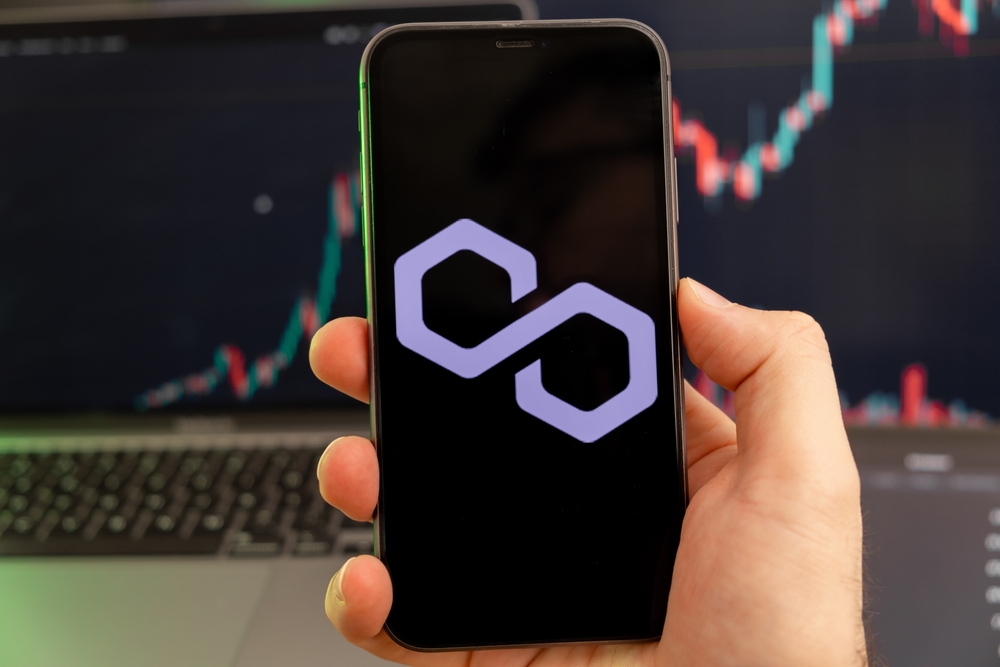Polygon, a layer-2-based scaling protocol based on the Ethereum blockchain, is conducting the zero-knowledge roll-up technology’s performance technology before mainnet integration. The platform has been operating on the development of Polygon zkEVM (Ethereum Virtual Machine) technology for 3 years.
Polygon Takes zk-Rollups to Conclusive Testnet before Mainnet Integration
The team of developers on Ethereum has in advance confirmed the possibility of zero-knowledge proofs. As per the developers, the zkEVM testnet’s primary version can generate more than 12,000 zk-Proofs. The lead developer of PolygonID and Polygon zkEVM, David Schwartz, commented on the functionality’s development. He stated that a continuous evolution is being witnessed in the functionality related to layer-2-based platforms.
As per him, a significant role has been played by this in improving the scalability of Ethereum. In his words, zero-knowledge rollups have elevated the speed of the layer-2 forums’ ability to obtain finality. Along with this, he added, it also guarantees the transfers’ secure validation with zero-knowledge technology.
In the case of blockchain, finality is considered to be a point where a transaction block is known to have irreversibly and permanently incorporated into the blockchain. Schwartz mentioned that Polygon zkEVM takes into account the initial complete source code existing on EVM-equivalent zkProver. As per Schwartz, it authorizes the vector tests of Ethereum at more than ninety-nine percent.
Schwartz is of the view that the validity proofs are the most rewarding and challenging effort for traditional user transfers since his developer team started creating its local zkEVM. A couple of years back, the team on the Polygon network evaluated that making zk-Rollups that have EVM compatibility is not a simple task as it could take nearly 10 years. In line with the already made endeavors, zkEVM is described by the team as the end game.
Developer Explains Polygon and Ethereum-based Zero-Knowledge Rollups
It combines the things like fast finality and layer-2 scalability. This provides a series of advantages to the consumers while incorporating additional throughput as well as decreased fees. It was formerly reported that the zk-SNARKS (or zero-knowledge Scalable Transparent Argument of Knowledge) fundamentally elevates scalability by grouping numerous transfers with just one proof for the confirmation of on-chain validity.
Schwartz revealed that the zkEVM’s focus is on locally scaling the ecosystem of Ethereum while the other zk-Rollups only scale transfers as well as improve performance via a diverse VM format. The approach taken by Polygon provides attention to accomplishing the classification of zkEVM of 2nd type that Vitalik Buterin (the co-founder of Ethereum) described back in 2022’s August.
In line with the summary offered by Buterin, this project targets to obtain complete compatibility with the already present applications. However, it requires a few little changes to Ethereum to enable rapid generation as well as convenient development. Schwartz moved on to say that, on the other hand, StarkNet is considered to be the 4th type and takes into account the high-level language.
As he puts it, StarkNet requires transpilers to carry out the solidity code’s translation into their local language. Simultaneously, Schwartz invited the opportunity to get additional benchmarks as well as source codes belonging to the rest of the projects.
The developers said that this will enhance the knowledge regarding diverse approaches. Ethereum layer-2-based solutions are seeing an upsurge in activity. Blockchain data brings to the front that Optimism and Arbitrum’s transaction volume overshadowed the transfers done on the mainnet of Ethereum as the Year 2023 started.
